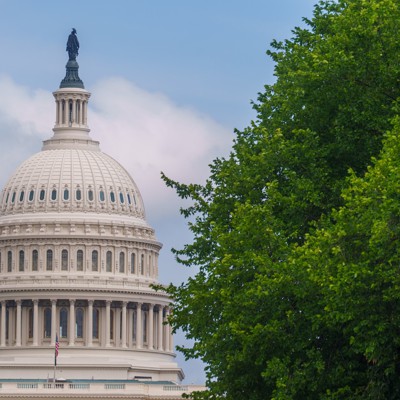
"Typically, you would get an actual passage of a full budget for a year. But in the last 20 or 30 years or so, since we've become a more polarized country with a polarized Congress, we have a lot of what are called continuing resolutions, or CRs.They're stopgap measures - not the full budget - and don't tend to make a lot of changes on a lot of the spending priorities that Congress has."
"Continuing resolutions usually just extend current levels of spending for a short time so that the two parties can continue negotiating. But as negotiations over long-term budgets have tended to fail more and more, these CR's are becoming more common, and Congress almost never passes a full budget on a yearly basis at this point. What's the role of the president here? The president has the power to veto any piece of legislation, and that includes the federal budget."
Congress faces an Oct. 1 deadline to adopt a spending measure to keep the federal government open. Historically Congress passed full annual budgets, but over the past two to three decades rising polarization has produced more frequent continuing resolutions (CRs). CRs temporarily extend current spending levels for short periods and usually maintain existing spending priorities. Increasing failures in long-term budget negotiations have made CRs the norm, and Congress now rarely passes full yearly budgets. The president can veto budget legislation, so congressional majorities typically need presidential sign-off or enough votes to override a veto. Republican control of both branches means alignment with Trump will shape this budget fight.
Read at Nextgov.com
Unable to calculate read time
Collection
[
|
...
]